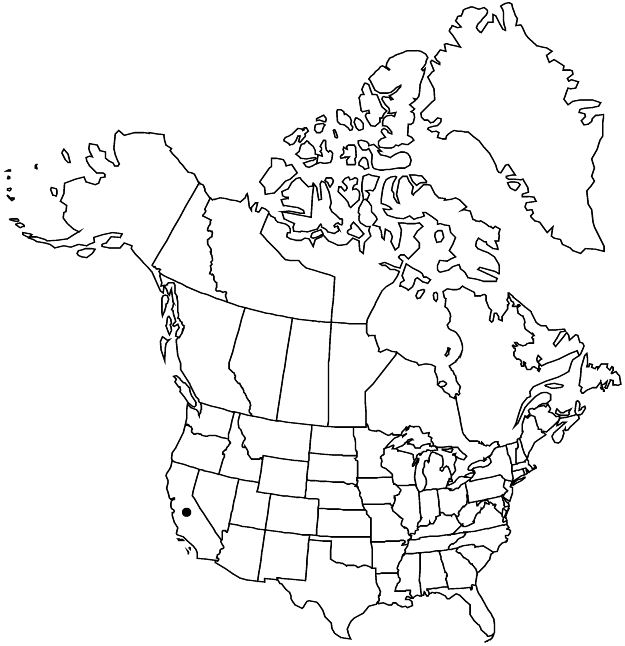Ceanothus impressus
Proc. Calif. Acad. Sci., ser. 2, 1: 112. 1888.
Shrubs, evergreen, 0.5–3 m. Stems erect, not rooting at nodes; branchlets brown, not thorn-tipped, round in cross section, flexible, puberulent. Leaves: petiole 0–4 mm; blade ± flat to strongly cupped, oblong, elliptic, or suborbiculate, 5–20(–25) × 2.5–17(–20) mm, base rounded, margins serrulate, thick to weakly or strongly revolute, teeth 11–29, apex obtuse to rounded, abaxial surface pale green, villosulous, adaxial surface dark to medium green, sparsely puberulent, not glandular papillate; pinnately veined, veins furrowed. Inflorescences axillary or terminal, umbel-like to racemelike, 1.2–3.5 cm. Flowers: sepals, petals, and nectary blue. Capsules 3–4 mm wide, lobed; valves smooth, crested.
Discussion
Varieties 2 (2 in the flora).
Selected References
None.
Key
| 1 | Leaf blades oblong to elliptic, 5–11(–14) × 2.5–8(–12) mm, strongly cupped, margins strongly revolute. | Ceanothus impressus var. impressus |
| 1 | Leaf blades widely elliptic to suborbiculate, 11–20(–25) × 7–17(–20) mm, ± flat to cupped, margins thick to weakly revolute. | Ceanothus impressus var. nipomensis |
